Auto-biography 6: Down on the Farm

It’s not just cars that are safer nowadays, but grown-ups too. Imagine telling your nine year-old, “Son, we’re sending you off to a farm to drive tractors for a family our cleaning lady knows.” That’s what my parents did, and I barely survived to tell the tale.
For five summers in a row, I was literally “farmed-out” to a Mennonite family. Unlike their more extreme techno-shunning Amish relations, these gentle, old-school agricultural workers used tractors. My deeply religious host– a preacher no less– limited his verbal output to prayer and spontaneous mini-sermons.
When it came to farm work, words of instruction, explanation and warning were conspicuously absent. Education was provided by divine intervention or a perpetual series of baptisms by fire. My first-ever drive provides a perfect example…
There I was, a mere slip of a boy, hanging onto the back of the ancient (putt-putt) John Deere Model B like a tick. While in motion, Mr. Y suddenly slides off the seat, grabs me, sets me on the throne and jumps off. So much for Driver’s Ed.
I don’t recall how I managed to drive the tractor or, more importantly, stop. Perhaps the lesson arrived as intended.
The following summer, I was promoted to full-time tractor driver. “Take the H, hook up the crimper and run the cut field out past the oats.” Once I figured out what (and where) the crimper was, where the field lay and what pattern I was supposed to make around it, I was in tractor-driving hog heaven.
The controls were mechanical and rude. To extract any response from the stiff pedals, I had to slide off the seat and simultaneously suspend and leverage myself from the steering wheel. And hanging on to that jerking, hot tiller while bouncing through a bumpy field all day brought visceral meaning to the phrase “steering feedback”.
Inching a three ton tractor to hitch up a wagon between the posts in a barn, I learned to play the clutch friction point like a Stradivarius. I didn’t want to add a knocked-down barn to my list of accidents.
A neighbor’s boy sent me flying to the gravel when he indelicately popped the odd hand-lever clutch on an old Allis-Chalmers. I stopped trusting under-age drivers.
The tractors had twin brake pedals. One day, pulling a load, I dropped the right drive wheel into a muddy rut. Watching that tire spin I had an inspiration: I pushed the right pedal, and the power transferred to the left wheel. I discovered traction control.
When told that the biggest tractor, a Farmall Super M-TA, had 47 horsepower, I was incredulous. That thing could pull a barn. But a day spent behind a team of two draft horses pulling a giant hay wagon gave me a new perspective.
The Farmalls had five highly-unsynchronized gears. The first four were for the field; you could start in any of them. But up-shifting into fifth on the road was the problem; I hadn’t yet divined double-clutching.
My technique: I forced all my weight against the unyielding stick and ground the gears mercilessly. When the tractor finally lost all its momentum and fifth engaged, I released the clutch and it slooowly chuffed away. My admiration for long-stroke, torquey engines has never diminished.
Row-crop tractors with their siamese-twin front wheels and high centers of gravity fully deserved their nick-name “widow makers.” My first near-death experience arrived when I tried to take a tight down-hill curve on a gravel road at speed. The inside drive wheel was coming up fast when I reflexively eased the steering wheel and widened my arc. The hell with a perfect apex; I was too young to die.
The same corner tried to kill me twice. I was riding standing up, face in the wind, behind the cab of the old Studebaker pickup. Unexpectedly, Mr. Y took a right turn at the T-intersection at a reckless speed (I assumed he was going straight). Falling out, I managed to grab the outside rear-view mirror. His face expressed considerable surprise when he saw me hanging there. His explanation: the brakes were out (had been for a while). I began to understand why Mennonites had large families.
Surviving (literally) three summers bronco-riding an assortment of elderly Farmalls, Fords and Johnny Poppers grounded me deeply in the fundamentals of auto-locomotion. They were lessons that would never leave me—just like the scars on my leg and my twisted fingers.
And yet I loved those summers. I learned many useful lessons, like not to pee on an electric fence. Despite two frantic trips to the university hospital for emergency surgery, I have no regrets. (In fact, one of those trips blessed me with my first 100 mph car ride.) Life’s lasting lessons– and fast car rides– often come at a price.

More by Paul Niedermeyer
Latest Car Reviews
Read moreLatest Product Reviews
Read moreRecent Comments
- Daniel China can absolutely make quality products when contracted at the right prices or their car companies trying to compete. However, I doubt any of their nearly 100 EV companies would even want to try to break into the US market with a 25% tariff (Polestar pays this) and the huge service and support network needed other than *maaaaybe* BYD eventually and only then if they end up using their upcoming plant in Mexico for not just Latin America, but decide to try the US market without the tariffs. They def would need to have excellent quality and support to be taken seriously, we'll see!
- VoGhost I know one commenter who would love to live in Kia towers.
- VoGhost Matt, do us all a favor, will you? Since you love the term 'EV mandate' so much, could you please point to a single country or state that has mandated that consumers buy an EV? At any point in time - historical or the future. Just one, Matt. Just a single place where the term 'EV mandate' is even close to being true.
- VoGhost Just so we all have this correct, you're saying that the red states that refuse to educate their children or fund healthcare for their citizens also want them to die earlier from fossil fuel pollution? OK. I see. Makes the decision in November a little more stark.
- Golden2husky The image that sustainable products are second-rate is a problem that the industry has to overcome. Best way to do that is to make sure your first effort is a home run right out of the box. Michelin is the type of company that can make it happen.


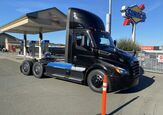














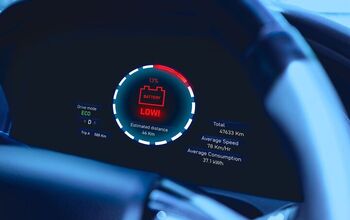
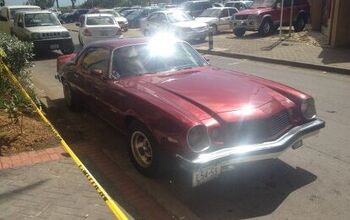




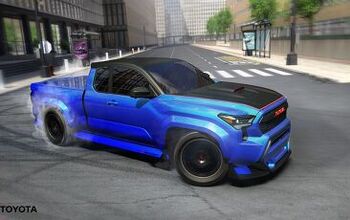
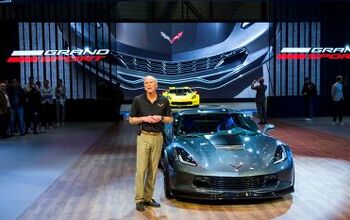
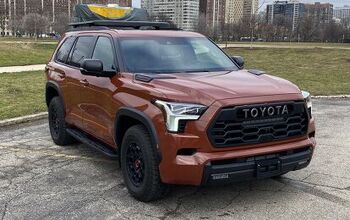
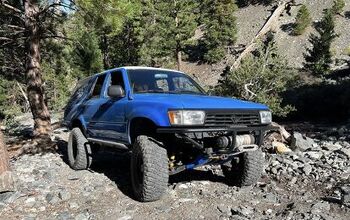
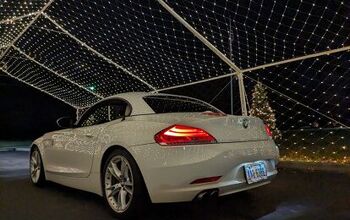
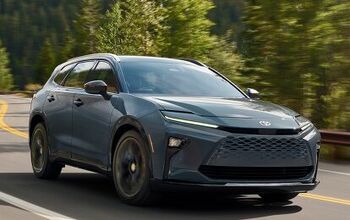
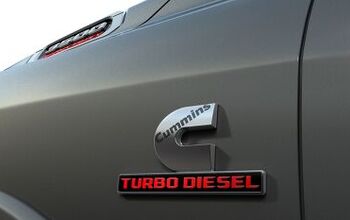
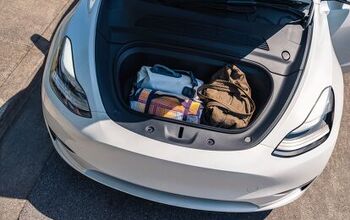


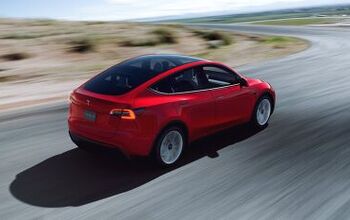
Comments
Join the conversation
Elrae: The was a Ford 9N on the farm the first couple of years. It was like a sports car car compared to the Farmalls - low, small, wide track. And it was the fastest on the road; maybe 23 mph or so compared to the 16 mph top speed of the Farmalls. We loved it.
Not sure if this is the place to say it, but do you know the old story about tractor manufacturers during the great depression? When farmers had lost all the crops to drought, and profits shrank in the face of national economic collapse, the tractor makers were hounding them to make payments -except for one. John Deere's policy was "pay us when you can." So, while owners of Farmalls and Massey-Fergusons were literally selling the farm, John Deere owners survived to see better days, and kept buying John Deeres. Now, what do you think happened to Farmall, Massey-Ferguson, et al? And what lesson can the big 2.5 learn from this?